Memorial to Mahomet Weyonomon
A sculpture outside London's oldest cathedral honors the Mohegan chief who died while petitioning the king.
The oldest cathedral in London, and the city’s first to be built in the Gothic style, is a stunning and quiet place. It remains a working church, which makes it feel relaxed and welcoming despite its stoic arches and notable graves. But what’s outside Southwark Cathedral’s historic walls is just as fascinating as what is contained within.
Outside the cathedral lies a memorial to Mahomet Weyonomon, the sachem (chief) of the Mohegan tribe, who came to London in 1735 to petition King George II for justice for his tribe. Settlers of what was then the Colony of Connecticut were rapidly encroaching upon his people’s native land. Weyonomon’s grandfather had previously visited London to petition Queen Anne, who sided with him. However, those in charge within the Colony of Connecticut failed to adhere to the Queen’s decision to return the stolen land back to the Mohegan people, and the natives found their land increasingly disappearing at the hands of the white settlers.
Weyonomon and two sympathetic colonists traveled to England to once again petition for the return of the tribe’s lands. Sadly, in 1736, Weyonomon was claimed by smallpox while still in London at the young age of 36. He perished before the commission appointed by the king ever heard his case. As a foreigner, Weyonomon could not be buried inside the city, though the Europeans who accompanied him on the journey could. He was laid to rest in an unmarked grave at Southwark in a nighttime burial that didn’t follow standard tribal traditions.
In 2006, a modern memorial was dedicated by Queen Elizabeth II. The sculpture, which is made of a pink granite boulder that was imported from Connecticut, was built by British artist Peter Randall-Page. A traditional funeral ceremony was performed by members of the Mohegan tribe, giving Weyonomon both the royal recognition and the final sendoff he had been denied over 200 years earlier.
Inside Southwark Cathedral, you can expect to find the remains of other noteworthy historical figures. One of the first sights to greet the visitor is the beautiful tomb of John Gower, one of medieval England’s premiere poets. Nearby lies the tomb of Edmund Shakespeare, brother of William Shakespeare. Careful exploration will also reveal an incredible (and rare) wooden effigy of a knight which dates from the 13th century. His name is unknown and he has been moved around the cathedral several times, making his survival quite remarkable indeed. The cathedral has also been the site of some dark history, as heresy trials were held here during the reign of Mary Tudor, and many were condemned to death.
Know Before You Go
The memorial is inside the grounds, go out through the cathedral door and the sculpture is beside the green hut to the left.
For level access take the ramp immediately opposite and then turn left.
The nearest station is London Bridge.
If you want to take pictures inside the cathedral, bring £1 for a photography permit, which goes to support maintaining the cathedral. Keep your eye out for "Doorkins," the resident mouser/cat. He is rather shy and tends to avoid attention. He usually hangs out toward the back of the church, near the Screen, sitting in one of the pews.


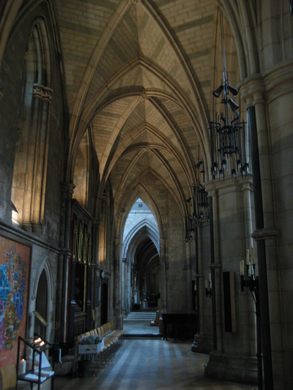
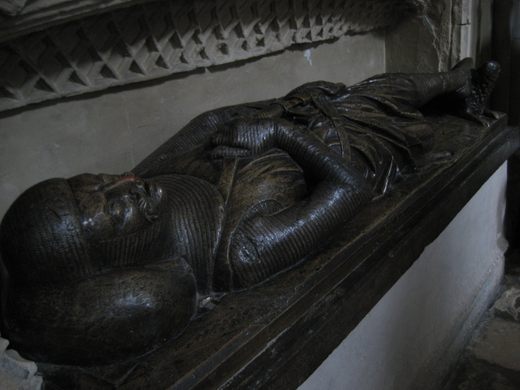








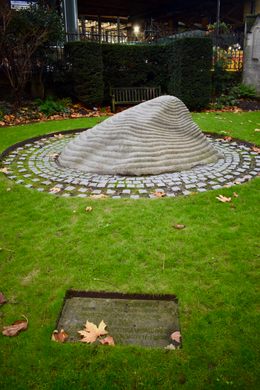

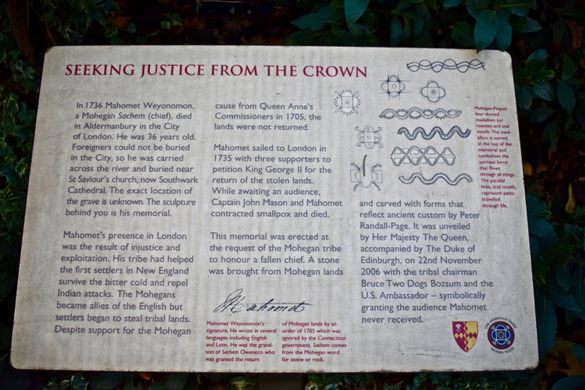
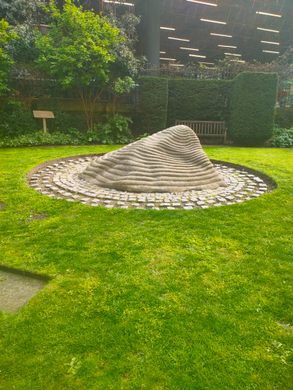















Follow us on Twitter to get the latest on the world's hidden wonders.
Like us on Facebook to get the latest on the world's hidden wonders.
Follow us on Twitter Like us on Facebook